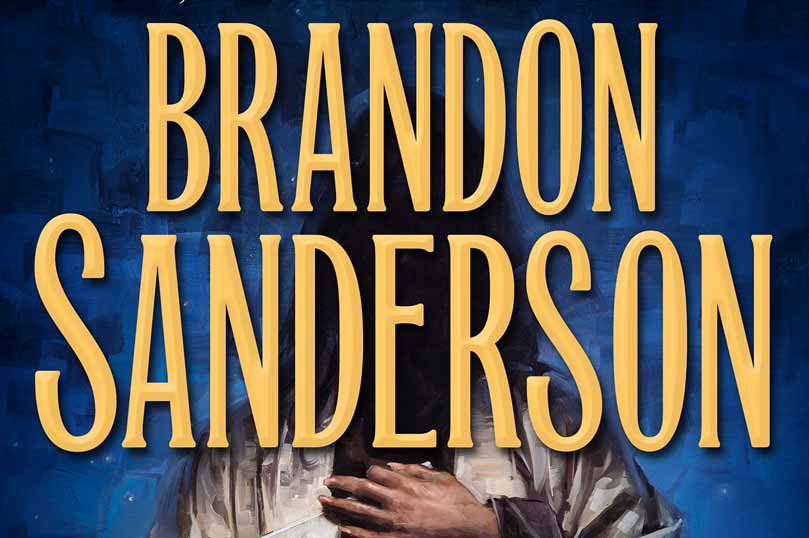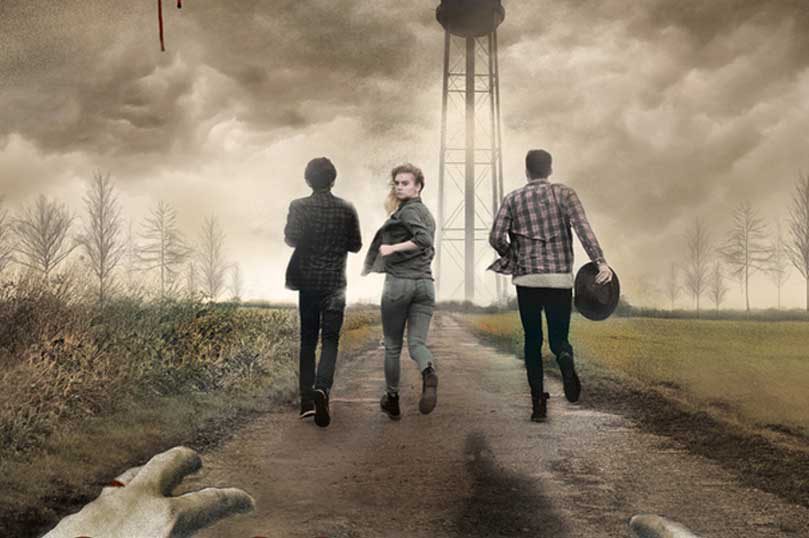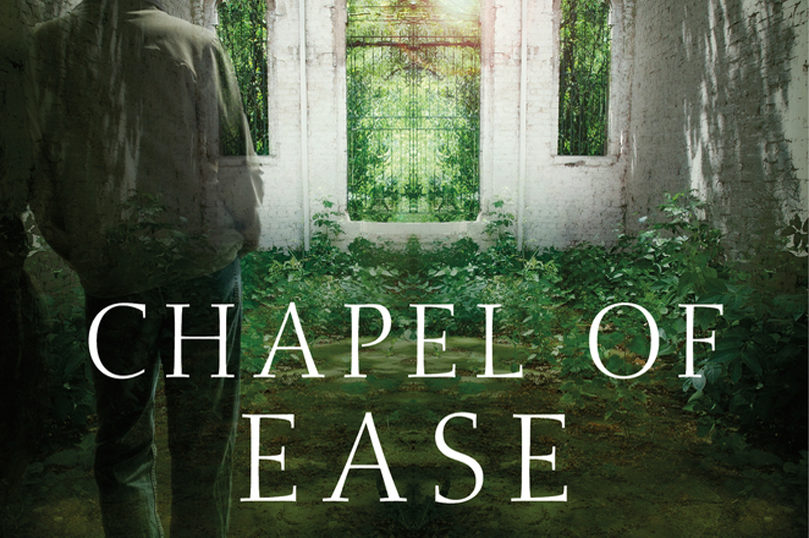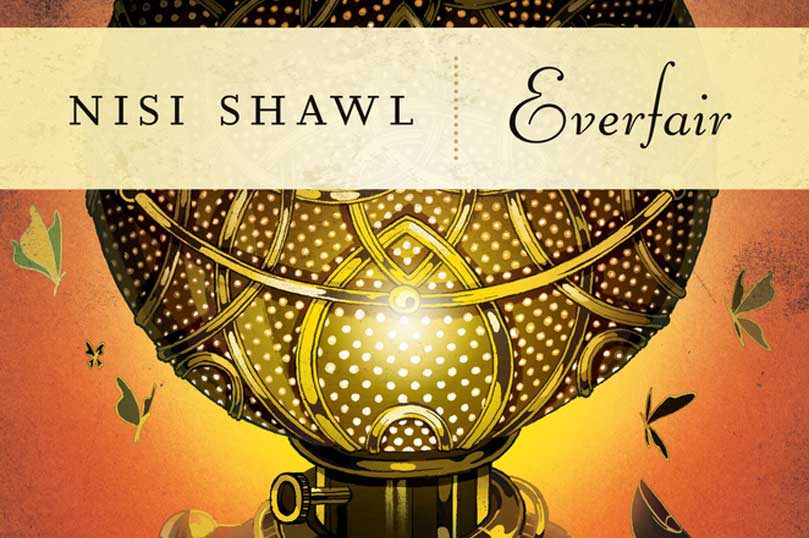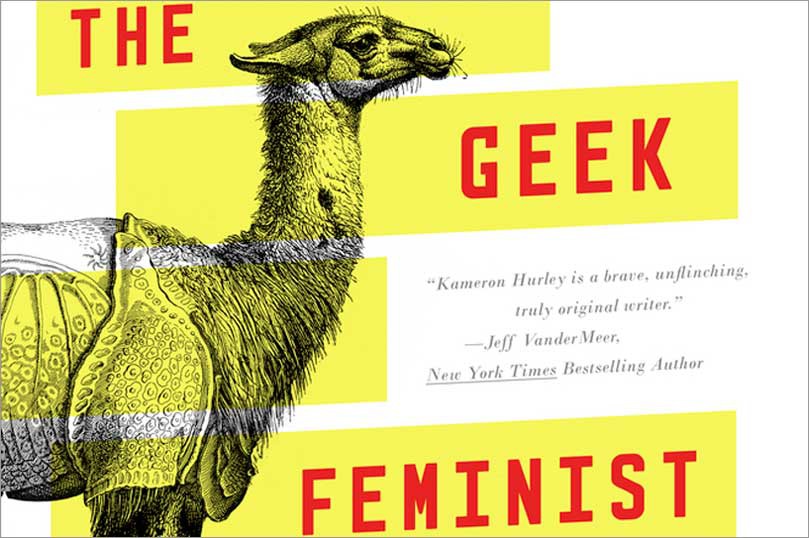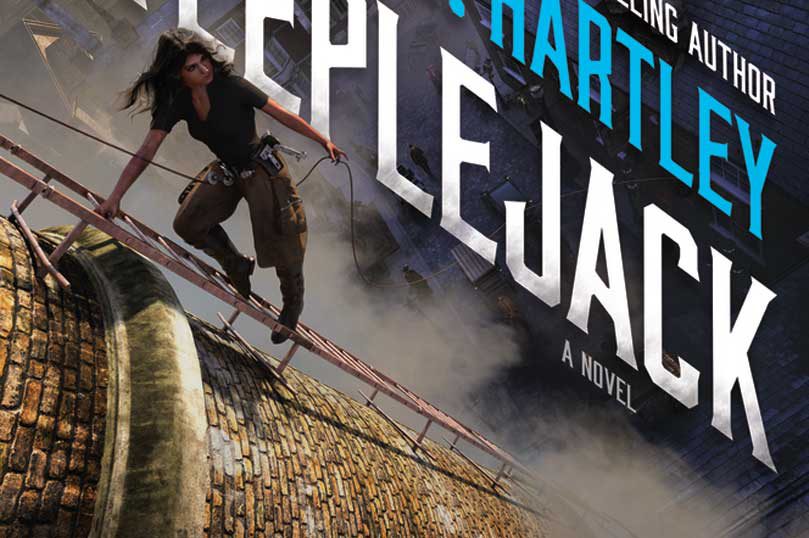On November 22nd, Brandon Sanderson’s new short story collection Arcanum Unbounded will be published. Featuring stories from across the Cosmere—including a brand new Stormlight Archive novella, “Edgedancer”—the collection also includes brand new illustrations from artist Ben McSweeney.
We’re excited to bring you this first look at one of the illustrations for “The Emperor’s Soul” in Arcanum Unbounded, as well as this interview with the artist!
What do you find most visually interesting about Shai and the culture that she inhabits?
The culture and visual style of “The Emperor’s Soul” is, at least at first glance, a pastiche of Asian influences from throughout history. Finding interesting ways to stay faithful to this first impression while weaving in new ideas is always challenging. It’s all too easy to fall into stereotypical motifs, and I’m not sure I succeeded in avoiding that. I did attempt to avoid most of my “first thought” ideas and I looked for ways to add some visual twist. The most difficult aspect was finding a way to depict the transformations that happen when Shai rewrites an object’s history.
What is your thought process like when considering how to illustrate something that abstract?
It’s similar to any number of other illustrated effects, the head-scratcher was that I was trying to avoid contemporary design tropes where possible. As a rule I let clear descriptive text guide the process, and then look for the opportunities between the lines to add my own flair. Brandon isn’t often overly descriptive, he likes to place a few consistent hooks and then let the reader’s imagination flourish from there. So there’s often a lot of room to be creative while staying true to the words on the page.
How did you narrow down what moments from “The Emperor’s Soul” to illustrate?
With each of the short stories [in Arcanum Unbounded], I tried to pick a striking, visually interesting moment within the narrative. Because each illustration would appear at the head of the story, it was important that we not spoil a big scene or illustrate an incident too deep into the plot. For “The Emperor’s Soul” I would have loved to illustrate [Spoilers if you haven’t read the story yet! You can get started on it for free right here.]. Instead we chose a moment of transformation from about halfway through, one which shows the character and an important, character-specific action, without offering details about the story within.
What’s your favorite thing about illustrating these quiet—though pivotal—character moments?
I think that right now I’m most fascinated by conveying emotion as well as storytelling through a single shot. Looking for ways to add detail that begs the reader to think about the time before and after the scene. Illustrating effective character narrative through their design and composition as well as their features. But I draw a lot of different pictures, so it’s not often that I really get to put a focus on my own interests. The needs of the scene dictate the content of the illustration, we gotta build what the story demands.
One of the ways you can encourage someone to think of an image as a moment in time (and thus encouraging them to think about “what just happened” and “what will happen next”) is to illustrate that moment of time as a moment in motion. And I am nutty-bonkers for illustrating objects in motion!
It helps that in my secret identity I’m an animator working full-time in production. There are many techniques from animation that translate well into illustration of movement, like line-of-action, follow-through, and a general sense of physical weight and timing. The downside is that when I’m under pressure, I tend to slip into design motifs more suited to animation than illustration, which is popular in contemporary media but less suited to the more classical finish I wanted to present here.
 In the “The Emperor’s Soul” illustration, I notice that you use contrasting textures to tell a lot of the story…
In the “The Emperor’s Soul” illustration, I notice that you use contrasting textures to tell a lot of the story…
One of the things I tried to emphasize in the room is the contrast between the cobwebby, dank stone walls and the clean surface that spreads out in advance of the mural. In addition, you can see that the floor and the furniture around her is already finer than the walls, showing the objects she’d transformed before. In retrospect I should have left more “pre-revision” furniture in the scene to emphasize the contrast, the walls alone don’t really do it. But she’d done all the furniture already by this point in the story!
What real world calligraphy inspires the symbolic language in “The Emperor’s Soul?”
I’m afraid this is a question better suited to Isaac Stewart, who designs much of Brandon’s iconography, or to Brandon himself. I would say that, given the descriptions of the icons that Shai carves, I think a highly complex logographic language, modified by symbolic icons, is more likely than an phonemic alphabet. I did scribble some loose icons along the back of a chair in the illustrated scene, but in that moment the goal was less about linguistic verisimilitude, and more about filling a graphic space.
You illustrate each story in Arcanum Unbounded with in that classical, woodcut-esque style.
I had certainly hoped and intended for that effect, but I’m afraid the end results are closer to traditional (and very contemporary) pen & ink illustration. Each image was drawn using digital tools (working on an old Cintiq in Clip Studio 5). As is often the case with digital illustrations the challenge of achieving a certain aesthetic outcome often requires an intimate understanding of the traditional methods of production, so that you can reproduce the results with digital tools and gain the advantages inherent to that media. Without that experience, you’re often left to try a mimic a finish without understanding the underlying reasons that lead to the results, and that makes accomplishing a satisfying outcome really challenging. Ultimately I hope that the readers enjoy the illustrations, and that they serve to complement well this collection of Brandon’s stories from around the Cosmere.
Follow Brandon Sanderson on Twitter and on his website. And don’t forget to check out artist Ben McSweeney!

